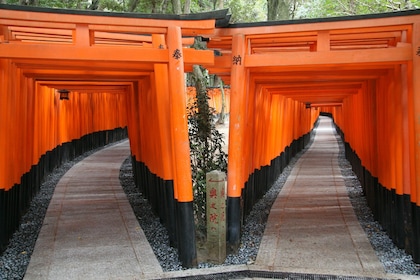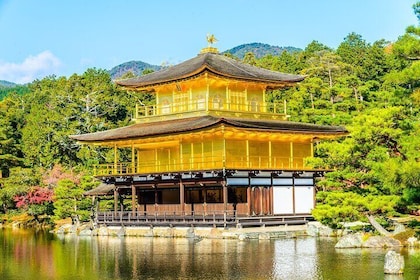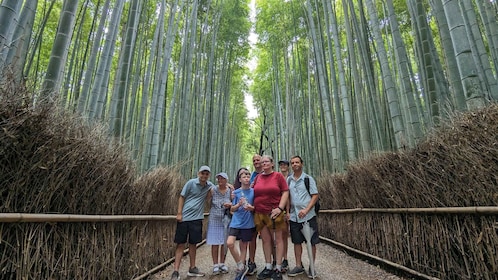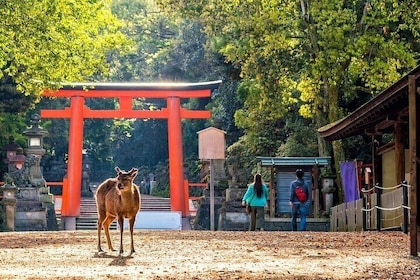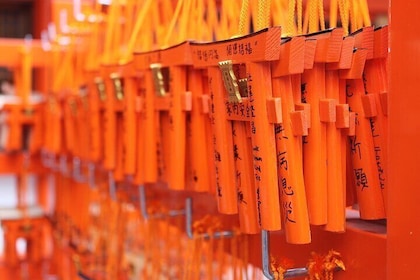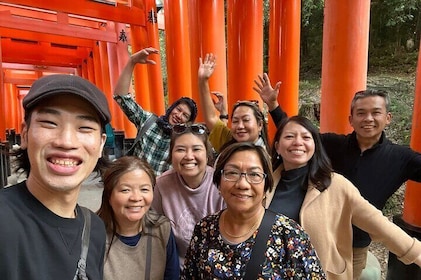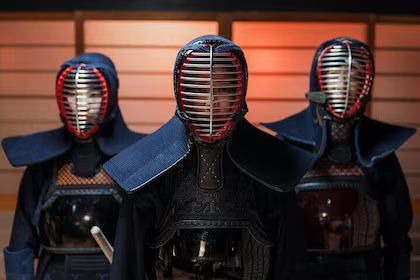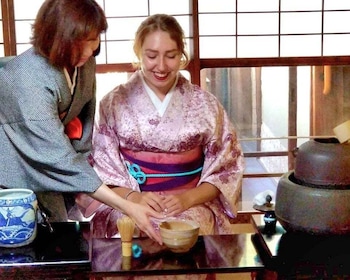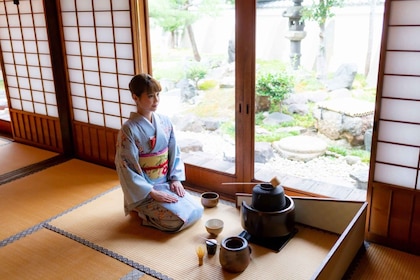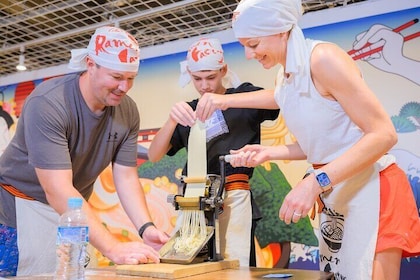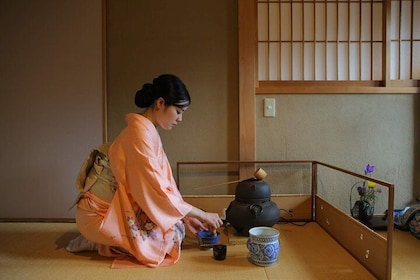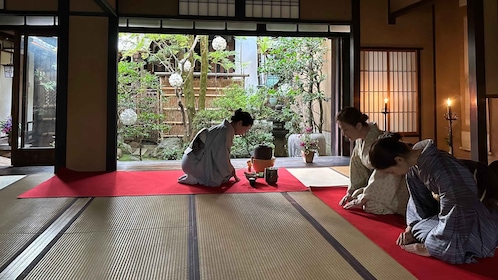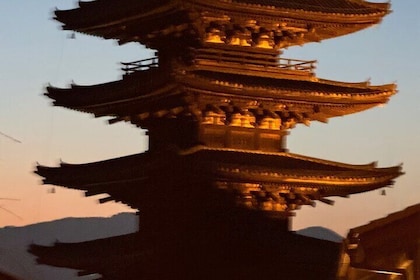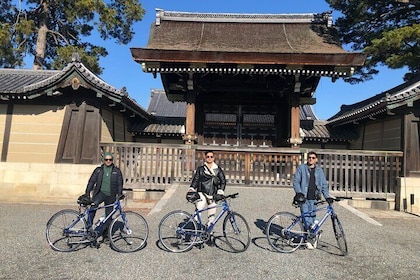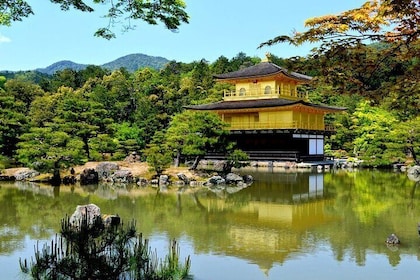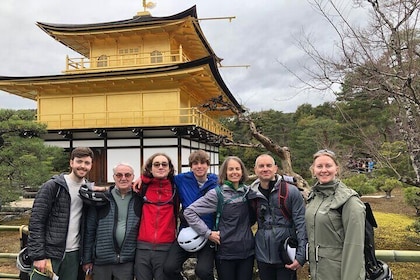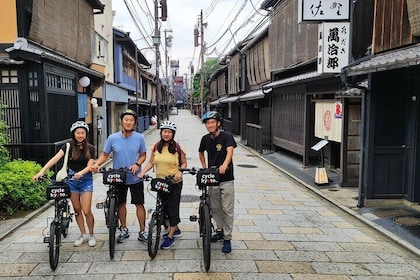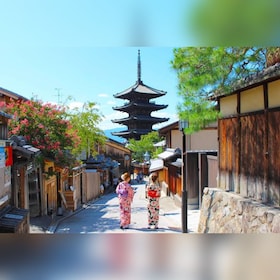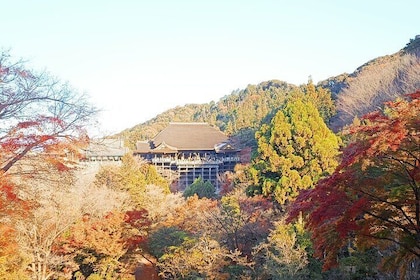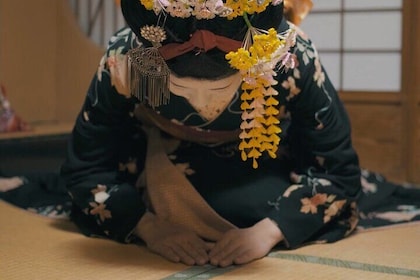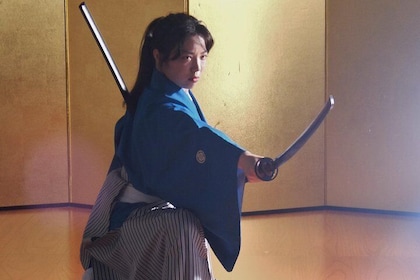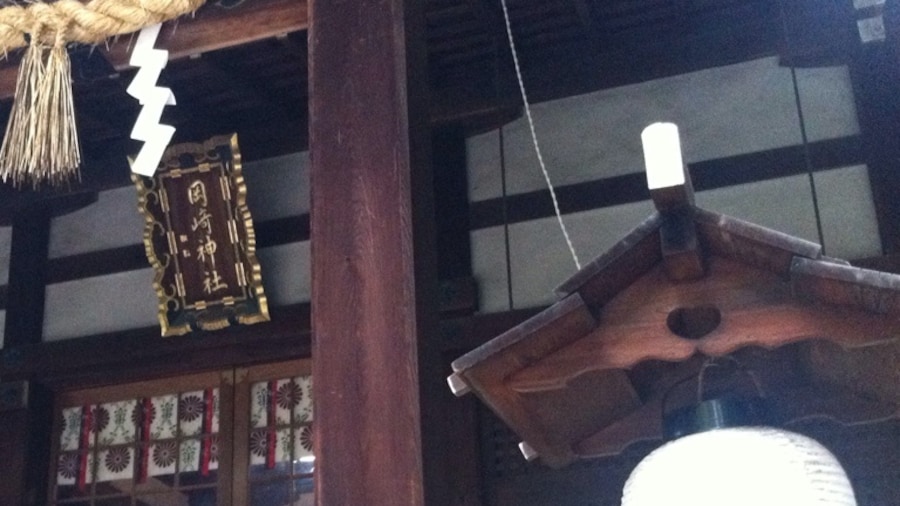An important shrine for patriotic locals and curious tourists alike, this site has charming buildings and natural gardens that celebrate Kyoto’s fusion of past and present.
The Heian Shrine is a site of simple beauty and reflection. Built in 1895 on the 1,100th anniversary of the foundation of Kyoto, the sanctuary pays homage to spirits of the country’s emperors. It blends artifice with nature in its museums and traditional gardens. Japan has designated the site as an important cultural property and one of the highest-ranking shrines of its kind.
Walk through the majestic Torii gate as you approach the shrine. Take photos of the main buildings, a scaled-down version of the original imperial palace from the Heian epoch. Attend the Jidai Festival, which takes place on October 22 every year, the anniversary of Kyoto’s birth. Enjoy parades of Japanese marchers in traditional dress from assorted historical periods. Weddings, concerts and other events are held throughout the year.
Embrace the Minami Shin’en garden in the south in April to take advantage of the spacious cherry blossom gardens in full bloom. Peruse the grounds’ various plants and ponds. Feed the fish and rare wildlife, including the yellow and Japanese pond turtles. Tread the stone pillar walkway in the middle garden, which is known as Naka Shin’en. Admire the scenery with a backdrop of the Higashiyama hills in the Higashi Shin’en area to the east. There is an admission fee for the gardens.
The Heian Shrine stands in memory of Emperors Kanmu (8th century) and Komei (19th century). They were the first and final leaders to reign from Kyoto. By the entrance stand a couple of attractions, including the Museum of Modern Art and Kyoto Municipal Museum of Art.
The shrine is located in the northeastern region of the city. Nearby attractions include the temples of Shinnyodo, Eikando and Nanzen-ji. The Philosopher’s Walk is only a short distance to the east. Bus rides take half an hour from the city’s principal transportation hub, Kyoto Station, to the shrine. Higashiyama Station is less than 1 mile (1.6 kilometers) away on foot.





